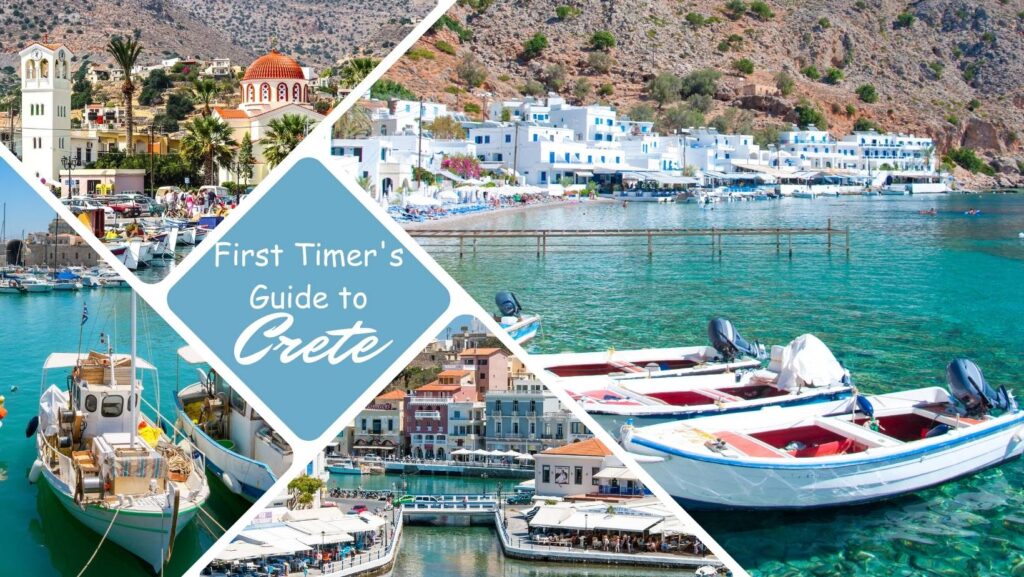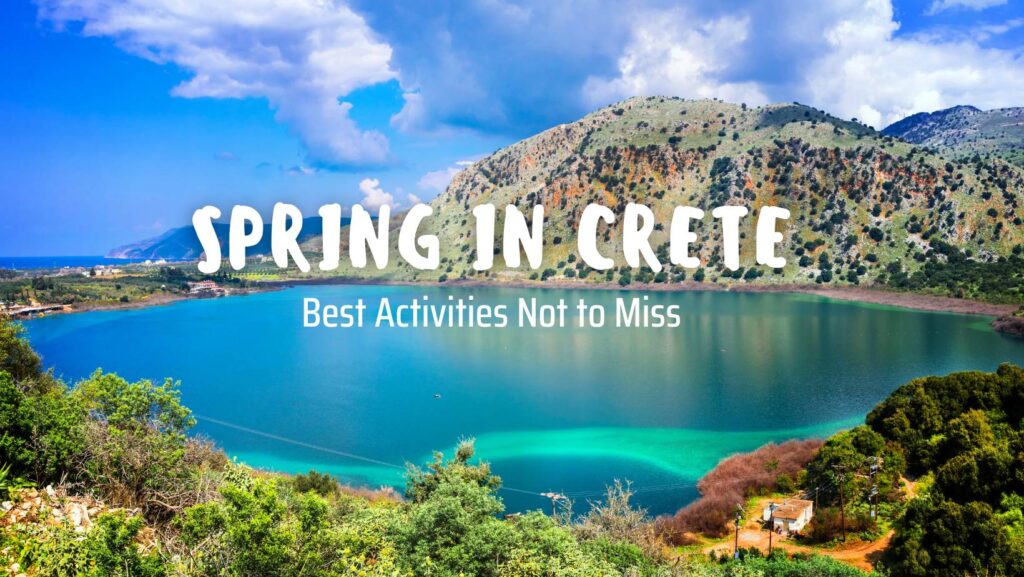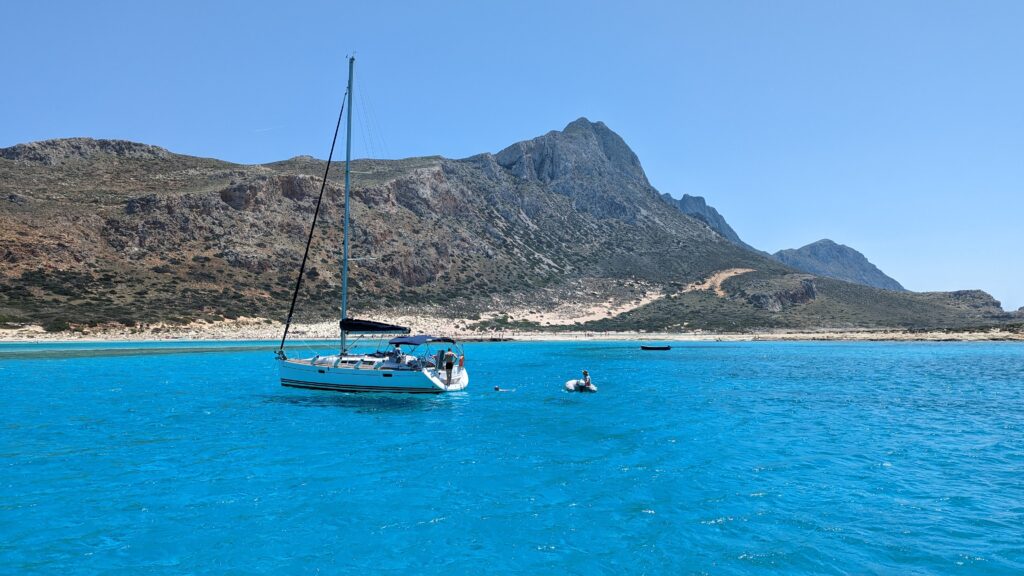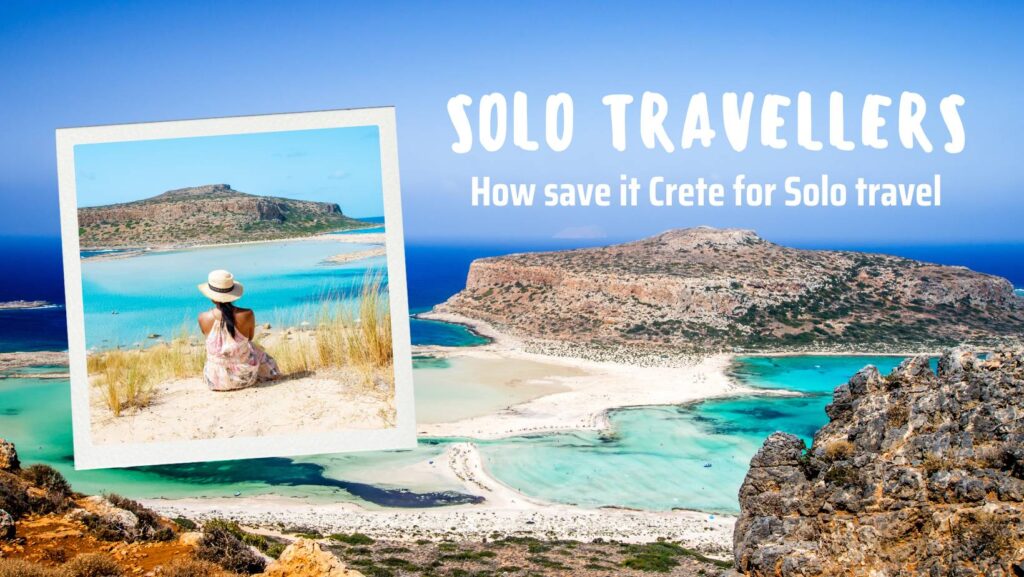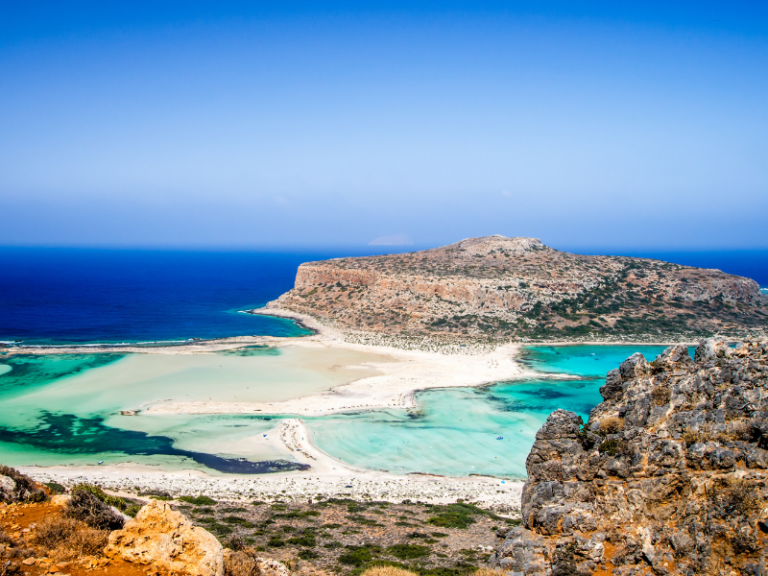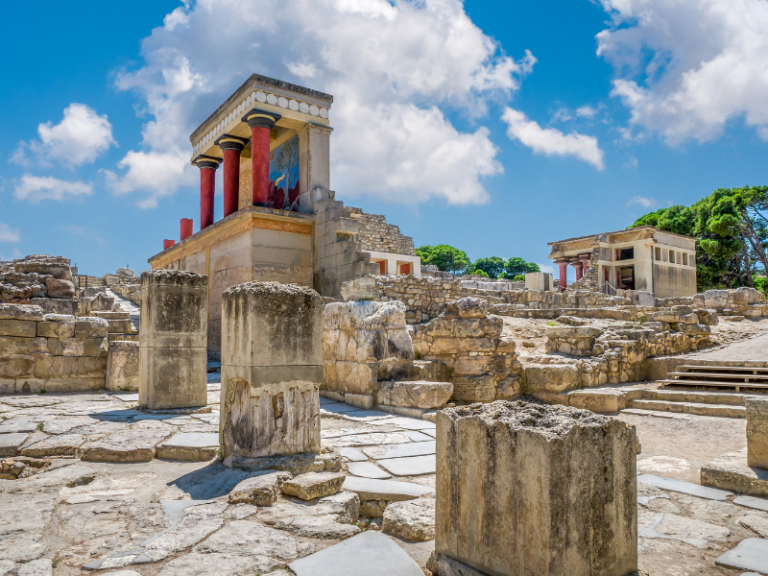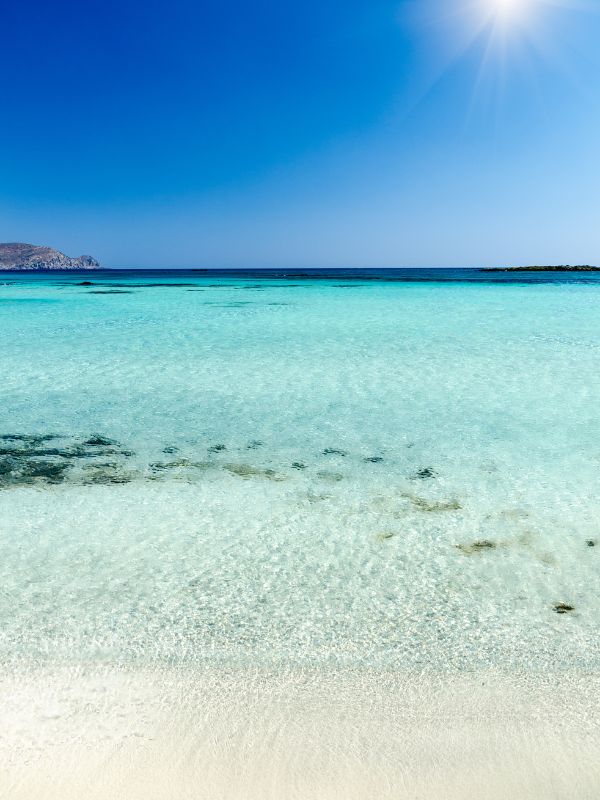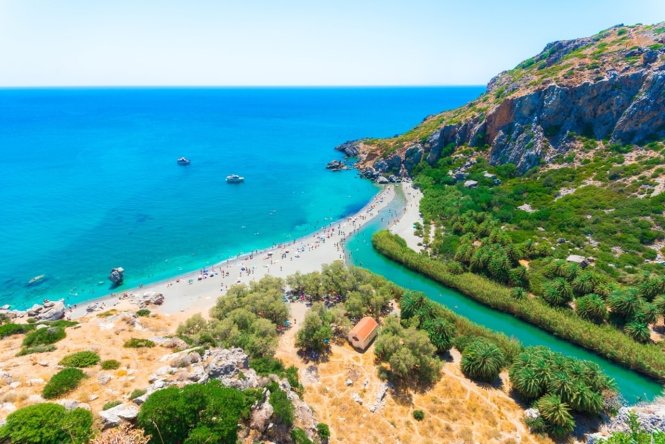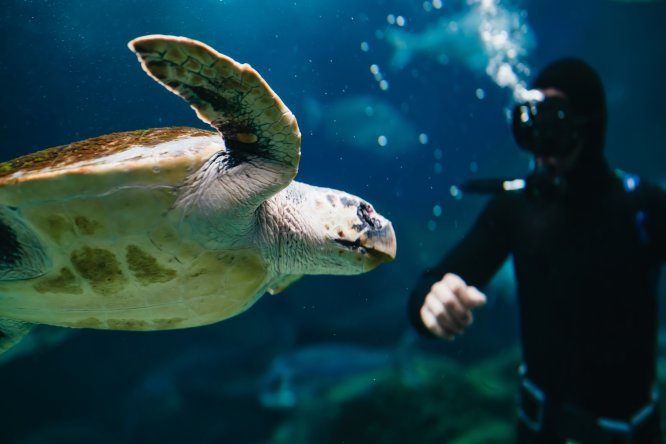The best ways to spend free time in Crete
- Posted 1 year ago
- Things to do
Best outdoor activities in Crete
Beach Activities
Crete has hundreds of beaches, smaller or larger, with pebbles or fine sand. You can choose to spend your day on a crowded beach or on a deserted beach, depending on your preferences. The beaches in the resorts are very well arranged, with facilities for water sports: jet-skiing, boating or kayaking, parasailing and kitesurfing. The largest beaches are near Ágios Nikólaos, Liménas Hersonísou, Mália and Réthymno in the north. If you want to go windsurfing, you have to go east, especially to Koureménos, near Palékastro.
Conditions and spots for kitesurfing in Crete are perfect for all the kite surfers and experience levels. Elafonisi, Kedrodasos, Kouremenos and Ammoudara are some of the most famous kite surf spots in Crete. The best period is considered from September to June.
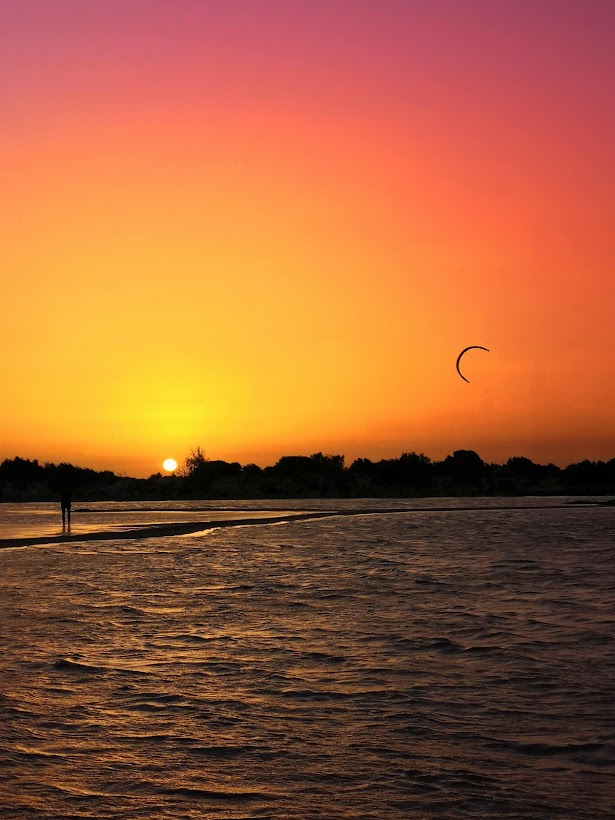
Vai, in the northeast, is considered the most exotic beach in Crete and, like Elafonisi, in the opposite corner of the island (southwest), is very crowded in the summer season. For more peace and fewer people, go to secluded beaches, which you usually reach on steep roads that are not always paved.
Walking And Hiking In Crete
Crete has many places for walking, with beautiful villages, churches and sights to explore. Itineraries range from leisurely walks to challenging hikes in the mountains.
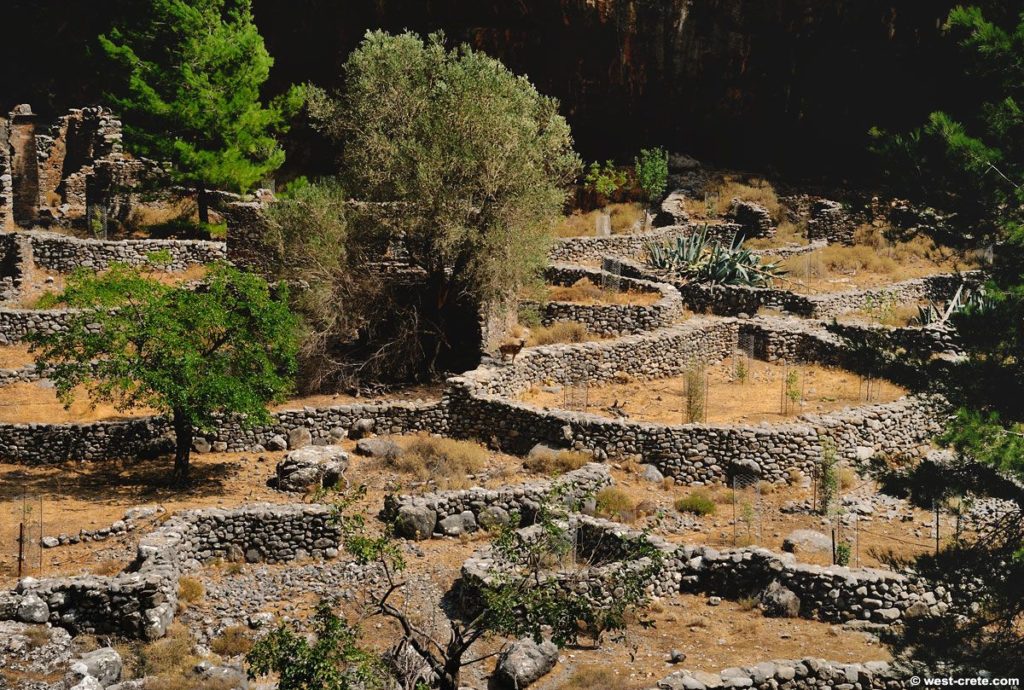
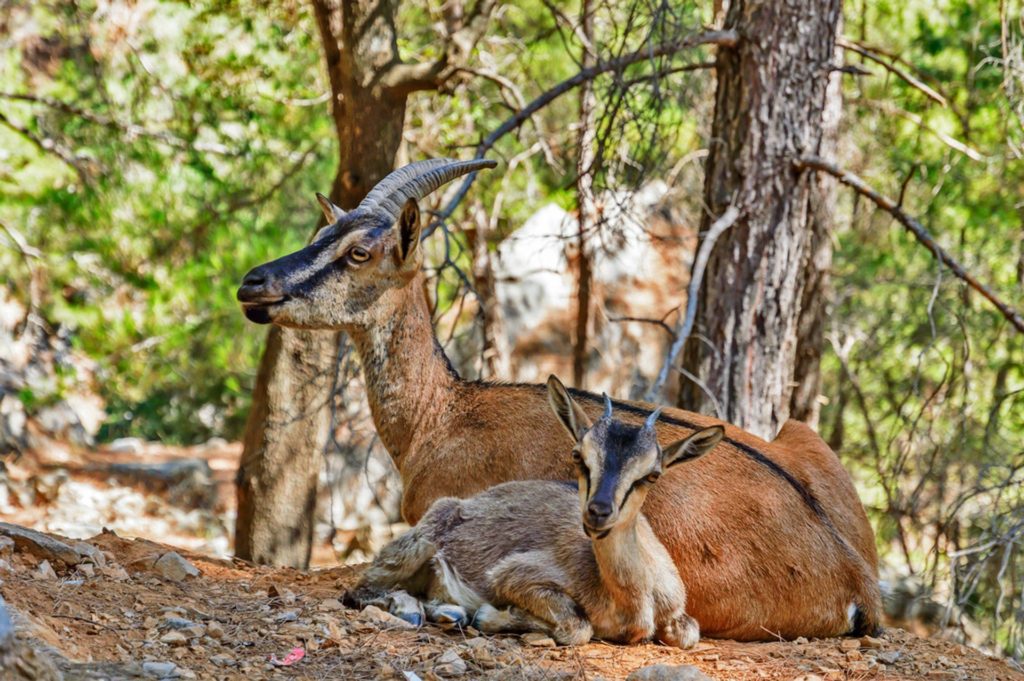


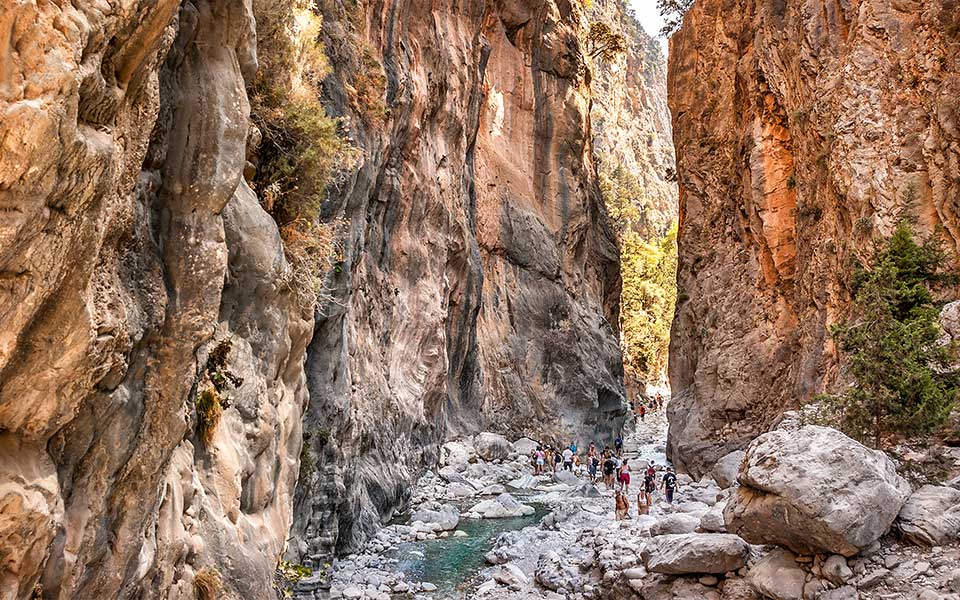
The European route E4 crosses the island from Kissamos to Káto Zákros. Many ventures go through it all or only part of it. Hiking through canyons are also intriguing; Samaria gorge is first at the top. Other canyons are Imbros and Askífou Gorges near Samaria, Rouvás near Zarós in the Psilorítis and Hokhlahiés mountains and Zákros on the east coast. The northwestern peninsulas offer spectacular views – one of the routes being to the Ágios loánnis chapel on the Rodopoú peninsula. Akrotíri is not as wild as Gramvoúsa and Rodopoú, but has excellent routes between the Agía Triáda and Katholikó monasteries. On the southwest coast, there are several shorter routes in the Soúgia area. Many local hiking agencies have offices in the main resorts and international companies offering trips to Crete, focusing on hiking and mountain trails.
Road Cycling In Crete
Bicycle trips in Crete (on the road or in the mountains) are increasingly sought after. Crete really does have all the ingredients for a great cycling tour, as long as you pick the right time of year. In midsummer, temperatures soar well into the flip-flop-melting forties, with barely enough rain to sustain a cactus. But visit in the low season – spring or autumn – and conditions are nigh-on perfect. There are very few tourists, leaving the interior of the largest of the Greek islands and its relatively undeveloped southern side almost deserted. Remember that the island of Crete is mountainous; if you do not have experience and physical condition, do not venture. Some companies that offer such tours also have lighter options, including a bus to climb the difficult sections. Such companies are present, especially in modern resorts in the west of the island.

Diving And Snorkeling Around Crete
The water around Crete, especially on the southwest coast, offers exciting opportunities for lovers of underwater adventures. Although the Mediterranean Sea suffers from overfishing and the water is not warm enough to see tropical fish and corals, there are still places where you can see sea creatures, such as octopuses or areas where you can explore ancient sunken remains. The Greek government wants to protect the remains that are now underwater, so diving in these areas is strictly regulated and allowed only through authorized companies.
The best area for snorkelling and diving is on the South Chania coast. Paleochora is one of the best places for diving, providing more than ten amazing beaches (Pahia Ammos, Chalikia, Keratides, Anydri, Volakas etc.). Elafonissi beach is a unique tropical beach that is also suitable for snorkelling. Platanias Beach, located close to Chania, is appropriate for both snorkelling and diving.
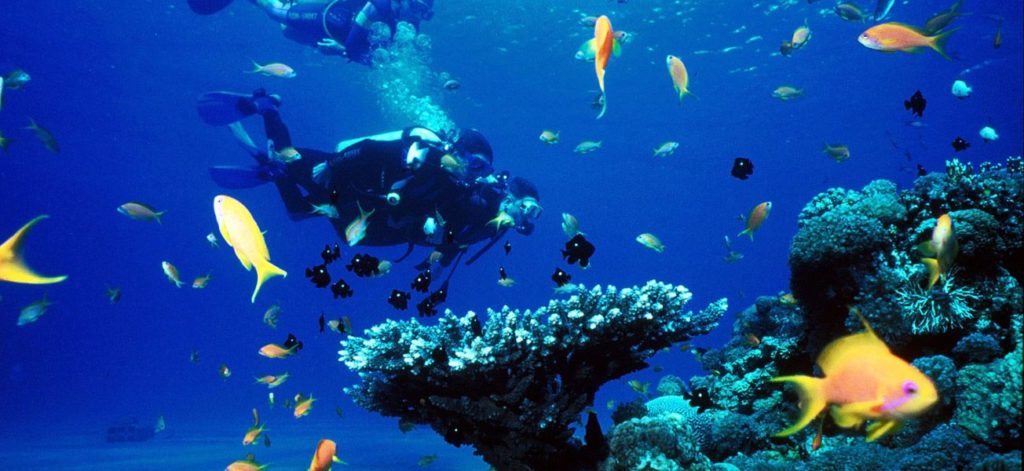
If you have never dived before, you can take courses with one of the local companies authorized for this purpose. The basic course for those who want to get an international diving permit lasts 4-5 days. If you just wish to experience the underwater world, you can opt for a single dive with an instructor.
Holiday with children in Crete
Crete is not only full of museums and archaeological sites – there are plenty of fun places for the little ones. The Greeks are very family-friendly, and children are welcome at all taverns and cafes.
The activities on the beaches in the northwest are very well organized and diverse. The best sandy beaches are at Mália, Réthymno, Georgioupoli and Váï. South coast resorts such as Plakias, Paleóhora and Mátala have many good beaches where older children can snorkel. There are amusement parks near Chania (Limnoupolis, www.limnoupolis.gr). Heraklion (www.watercity.gr) and Liménas Hersonisou (www.acquaplus.gr), which will keep the little ones busy for hours.

A horse-drawn carriage ride through the streets of Chania is a great way to cover a greater distance if you have small children. Kayak rides along the coast are perfect for enjoying the breeze and seeing the island from the sea. For children passionate about fairy tales and stories, excursions to the Koulés Castle in Heraklion, Fortezza and Frangokástello in Réthymno are suitable.
With herds of goats or donkeys, village life will be very interesting for children coming from the city. Teenagers will definitely want to explore the canyons! Suppose you want to spend some time and separate from your children, in that case, you can choose accommodation at one of the large hotels, which have activities for children of all ages, under supervision.
Things to do in Crete in the off-season and wintertime
You can visit Crete all year round. In addition to the primary summer season, which guarantees a wide variety of sea pleasures, sunny beaches and active resort life, tours to Crete in the off-season and winter are also popular.
Winter in Crete is mild warm weather, especially on the southern coast, sheltered by the mountains from the northerly winds. Daytime temperatures are around 18 °C. With the departure of the last charter aircraft at the end of October, peace and serenity reign on the island. The time is coming for individuals. Luxury beach hotels are offering a variety of spa programs, comfortable city hotels are waiting for their guests, and you can also rent suitable apartments and villas for a low price.
At this time of the year, tours to Crete are especially popular with some active leisure enthusiasts such as golfers or horse-riding enthusiasts. The 18-hole golf course is located 20 km east of Heraklion and has partnerships with many Cretan hotels. And for those who like horse riding, holidays in Crete will allow them to do what they love in the horse riding centres in Hersonissos, Malia, Agios Nikolaos.
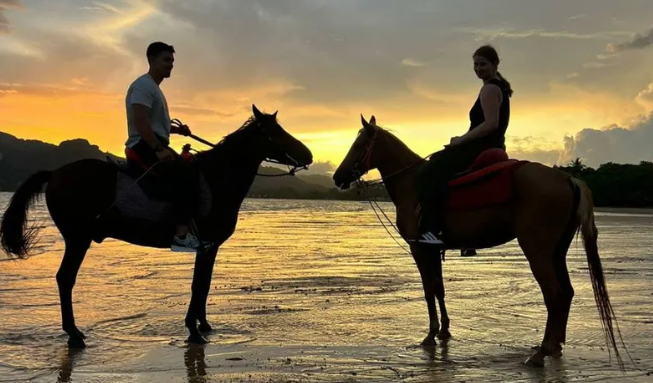
In spring and autumn, it is advisable to go to Crete for anyone fond of exploring the wild. In spring – from February to May – the island is covered with a colourful carpet of wildflowers, a fantastic variety of which thousands of botanists from different countries come to study. For example, over 90 species of wild orchids grow here. In addition, many of the plants on the island are unique, and twice a year – in spring and autumn – the island becomes a temporary haven for migratory birds, migrating between North Africa and Europe.
For tourists interested in history, culture and archaeological antiquities, the best time to tour Crete is during the spring and autumn off-season periods. It is not so hot, and hiking to explore the excavation sites and attractions is not that tiring.
Traditional Cretan Entertainment
During the year, numerous festivals and celebrations take place. The local tourist offices can provide you with detailed information about the events scheduled to take place during your stay in Crete. Each community celebrates its patron saint with processions on the streets of the localities. After the religious service, the rest of the day is dedicated to fun. These are the best times to listen to traditional Greek music and see (or even learn) traditional dances.
Cretan Music And Dance
Pentozali, or Pentozalis, is a gravity-bending traditional dance from the Greek island of Crete, where traditional ways of life still hold strong in many areas of the island. Pentozali is a vibrant dance with high jumps. Although there are several set steps that all dancers follow, there is also room for creativity and improvisation amongst the men who perform the traditional dance. All dancers stand in a circle, holding each other by the shoulders; however, they dance at different speeds, depending on the pace of the music, which changes rapidly.

Greek rhythms are very complex, and many foreigners have trouble keeping up when they want to learn a traditional dance. The lyrics, sung in general by men, will tell not only about the hard life of shepherds, farmers and fishermen but also about love (especially the one we do not share) – an element of sentimentality that is otherwise very rarely expressed in other situations.
Zorba’s Dance
The film “Zorba The Greek” brought international fame to the writer Nikos Kazantzakis and his novel written in 1946. Directed by Michael Cacoyannis in 1964, the film stars Anthony Quinn as Alexis Zorba. Already famous, the scene in which he dances syrtáki angered the locals because it is not a traditional Cretan dance. However, it seems that pendozáli, a dance specific to Crete, was too difficult for the American actor, so the composer of the film’s soundtrack, Mikis Theodorakis, chose a simpler and easier to dance song. Later, many tourists who came to Crete asked to see a dance that did not actually exist. Still, in order not to ruin the business, the hoteliers did it to their liking. Therefore, syrtáki is danced at “Cretan evenings”, and the song is heard everywhere.
Crete’s main traditional musical instrument is the lyre, usually accompanied by lute and sometimes askomandoúra (a kind of bagpipe). These instruments provide the musical background for the verse couplets, often called mantiná, some of which are passed down from generation to generation, but many improvised on the spot. The men of the Lefká Óri region sing mainly rizítika, elegies dedicated to battles and heroic characters. The inhabitants of the mountain areas have a specific dance called – pendozális. In Réthymno and other coastal cities, soústa is more common, which is danced all over the Aegean Sea.
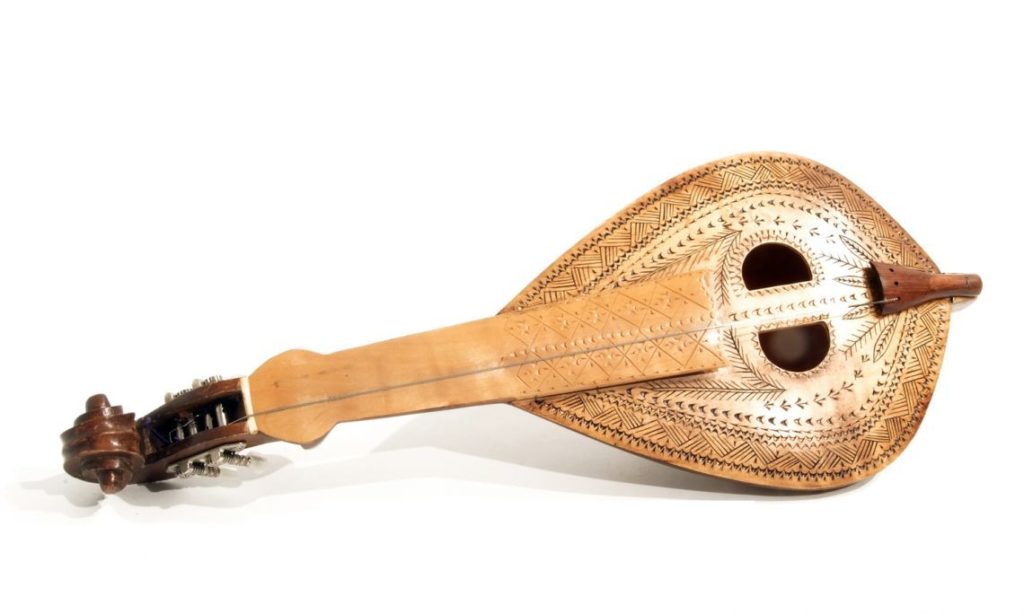
Epic poems are also part of the Cretan tradition. The most popular is Erotokritos, written in the sec. XVII by Vitsentzos Kornaros in the local dialect, which inspired many modern Greek poets, also being transformed into a song countless times.
To listen to traditional music, the most suitable are the festivals that take place in the summer in the big cities. Almost all the big hotels have a “Greek evening”, where the music and dance are of quality, although the atmosphere is not very traditional. If a more traditional atmosphere is what you want, go to the “To Adespoto Music Tavern” in Chania, on the corner of Sifáka and Melchizedek, where live music is played every evening from 7.30 pm (www.adespotochania.gr/en/). A suitable place for music concerts of all kinds (including traditional Cretan) is the Pagopoieio bar in Platía Agiou Titou in the centre of Heraklion (www.pagopoieion.gr). On the east coast of Crete, near Palékastro, is another tavern with good music – Maridatis (www.maridatis.gr/main_en.php), where famous Greek artists come to sing, every Friday and Saturday evening (July-September).
If you want to study music seriously, there is a place where you can do this, in the village of Houdétsi, near Heraklion (https://www.labyrinthmusic.gr/en/). In summer, there are daily Greek and international music classes. If you just want to buy some local music, go to the Aerakis store in Heraklion (https://www.aerakis.net/en/).
Calendar of Events in Crete
Every Cretan community celebrates its patron saint (even several times a year), so the list of these holidays, called panigýria, is very long. We present to you the important holidays that take place on the island.
- Jan. 6: Theophany (Epiphany). It is the day when young people throw themselves into the sea to bring to the shore the crosses that the priests throw.
- Feb. / March: Parades and festivities occur on the streets of Réthymno and Heraklion at the two weekends before the beginning of Lent.
- Mar./May: Easter. The Good Friday processions are called Epitáfios; on Easter Saturday, figurines are burned to depict Judas. At midnight, the faithful go to church to take light; on Easter Sunday, people eat lamb.
- Apr. 23: Ágios Geórgios (St. George), the protector of shepherds. In Asi Goniá, sheep shearing competitions take place.
- May 20-27: The battle for Crete is commemorated in Máleme and Chania.
- June 23-24: St. John the Baptist. The campfires take place.
- End of June: Casa dei Mezzo Music Festival (www.casadeimezzo.com). During this time, chamber music concerts take place.
- Jul.: The Renaissance Festival in Réthymno brings together artists from all over Greece.
- Jul-Aug.: Kornaria Cultural Festival in Sitia.
- Jul-Sept.: Heraklion Festival with theatrical and musical events.
- Aug. 15: Kimisi tis Panagias (Assumption of Mary). It is celebrated everywhere in Crete, especially in the churches dedicated to the Virgin Mary.
- Aug. 25: Ágios Títos (St. Titus, protector of Crete). The largest processions take place in Heraklion.
- Aug. 29: Ágios Ioannis (John the Baptist). Pilgrimages take place to the Agios loánnis Chapel on the Rhodopoú Peninsula.
- Oct. 28: Óhi day. In Greek, “óhi” means “no”. This is the day when the Greeks commemorate the defence against the Italians in the Second World War.
- Nov. 7-9: Commemoration of the explosion at Arkadi Monastery. The fireworks take place.
Share your thoughts!
You might be also interested
The Top 8 Things to Do in Crete



- From
- €31.45


- From
- €30.6



